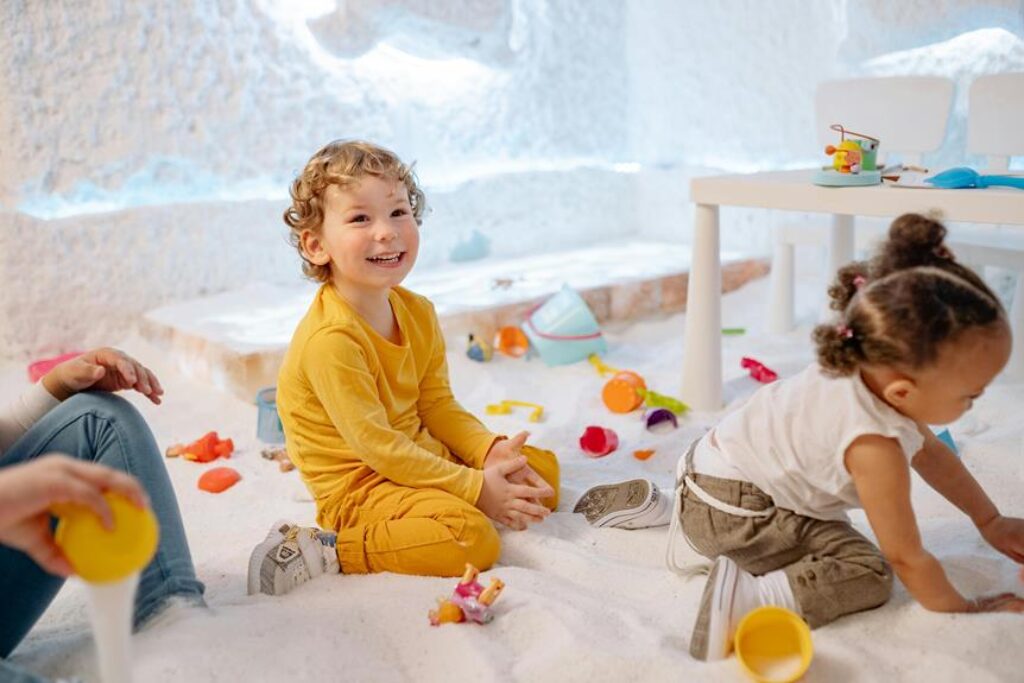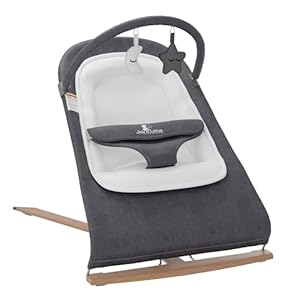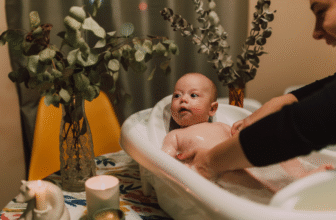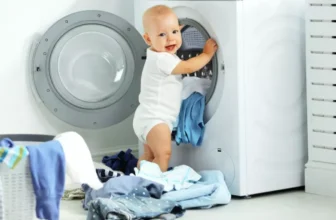
When it comes to choosing toys for your little one, safety should be a top priority. You might think that all toys are created equal, but there are subtle signs that can indicate potential dangers lurking within. From hidden choking hazards to toxic materials, being vigilant about what you hand to your baby can make a world of difference. So, before you rush into picking the next cute toy off the shelf, pause for a moment and consider what could be hidden beneath the surface. Your baby’s well-being is worth the extra attention.
Choking Hazard Risk
To identify choking hazard risks in toys for babies, always check for small parts that could easily fit into a child’s mouth. Tiny objects like buttons, beads, or detachable pieces pose a serious threat to a baby’s safety. Before purchasing any toy, examine it closely to ensure that all components are securely attached and larger than the child’s airway. Remember, babies explore the world by putting things in their mouths, so even seemingly harmless trinkets can become dangerous if they break off.
When evaluating toys, prioritize items specifically designed for your child’s age group. Manufacturers often indicate age recommendations to help parents choose appropriate toys that minimize choking risks. Additionally, inspect toys regularly for wear and tear. Over time, toys can deteriorate, increasing the likelihood of small parts becoming loose and hazardous. Your vigilance in checking toys for potential choking hazards can significantly reduce the risk of accidents and keep your baby safe during playtime.
Toxic Materials Presence
Check for any harmful substances in toys by examining labels for toxic materials like lead or phthalates before giving them to your baby. These chemicals can pose serious health risks if ingested or even through prolonged skin contact. Lead, for example, is known to cause developmental delays and behavioral issues in children.
Phthalates, commonly found in plastics, have been linked to hormone disruption and other adverse effects on child development. To ensure your baby’s safety, opt for toys labeled as BPA-free, phthalate-free, and lead-free. Additionally, be cautious of toys that have a strong chemical smell, as this could indicate the presence of harmful substances.
If you suspect a toy contains toxic materials or if it lacks clear labeling regarding its composition, it’s best to avoid it altogether. Prioritizing toys made from natural materials or those that have been safety-tested for toxic substances can help safeguard your baby’s well-being during playtime.
Sharp Edges and Points
Inspect toys for any sharp edges or points that could potentially harm your baby during playtime. Sharp edges or points on toys pose a significant risk to your little one as they can easily cut or puncture their delicate skin. Pay close attention to toys made of hard materials like plastic or metal, as these are more likely to have sharp edges. Run your fingers along all edges and points of the toy to feel for any potential hazards. Be especially cautious with toys that have pointed ends or corners, as these can cause serious injuries if not properly rounded or protected.
To ensure your baby’s safety, opt for toys with smooth, rounded edges that are unlikely to cause harm. If you find any toys with sharp edges or points, either remove them from your baby’s play area or take steps to blunt the edges yourself. Remember, it’s always better to be proactive in preventing accidents than to deal with the consequences of a toy-related injury.
Loose or Small Parts
When evaluating toys for your baby, pay close attention to any loose or small parts that could pose a choking hazard. Babies are naturally curious and tend to put everything in their mouths, so it’s essential to ensure that toys don’t have small components that can easily come off.
Check for any detachable pieces that are smaller than the size of a baby’s fist, as these could potentially be swallowed and cause choking. Be wary of toys with small buttons, beads, or eyes that could break off. Additionally, toys with parts that are loosely attached, like wheels or knobs, should be avoided as they could become detached during play.
Always opt for toys that are securely constructed and don’t have parts that can easily break off. By being diligent in checking for loose or small parts in toys, you can help prevent choking accidents and keep your baby safe during playtime.
Baby products














